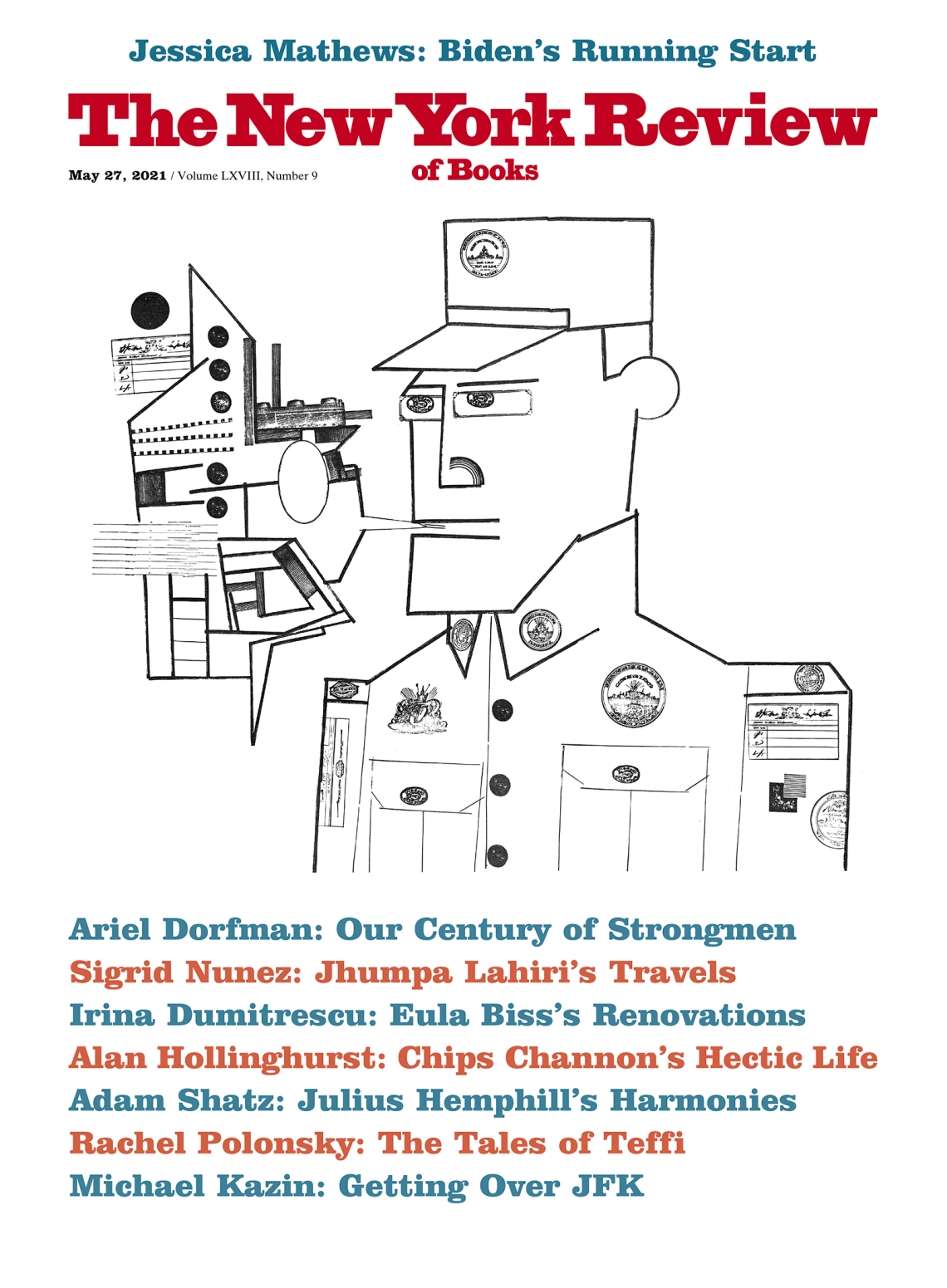In response to:
A Ghost in the War Machine from the April 8, 2021 issue
To the Editors:
We were pleased to note the reference to Günter Demnig’s Stolperstein project in Joshua Hammer’s review of Alexander Wolff’s book Endpapers: A Family Story of Books, War, Escape, and Home [NYR, April 8]. Hammer’s description of the project does not fully convey the enormity of Demnig’s work. Rather than Stolpersteine in “half a dozen other countries,” they can be found in twenty-six countries and on two continents. Our research and publications support Wolff’s statement about the “animating power” of Stolpersteine as a continually growing memorial. We identify this very power as lieux chargés, a convergence of place with past, present, and future expressions of local and national narratives. Hammer mentions the first Stolpersteine were laid in Cologne in 1992; these were part of a one-off memorial project for Roma and Sinti. A few years later, in Kreuzberg, Demnig installed them as part of a guerrilla art project. Though many assume Stolpersteine commemorate murdered Jews, the more than 80,000 stones commemorate “anyone persecuted and/or murdered by the Nazi regime: Jews; Sinti and Roma; Jehovah’s Witnesses; homosexuals; mentally and/or physically disabled people; people persecuted for their political views, their religion, their sexual orientation or the colour of their skin; forced labourers; men considered deserters; people who were persecuted on grounds that they were ‘asocial’ such as homeless people or prostitutes.” The first Stolperstein in the UK is planned for later this year.
Indeed, as Wolff says, “tens of thousands of Berliners are yet to be memorialized”; for that matter, so are literally millions of others, not least in Poland, which has shockingly few Stolpersteine and remains strongly opposed to permitting them.
Ruth Mandel
University College London
London, England
Rachel Lehr
University of Colorado at Boulder
Boulder, Colorado


